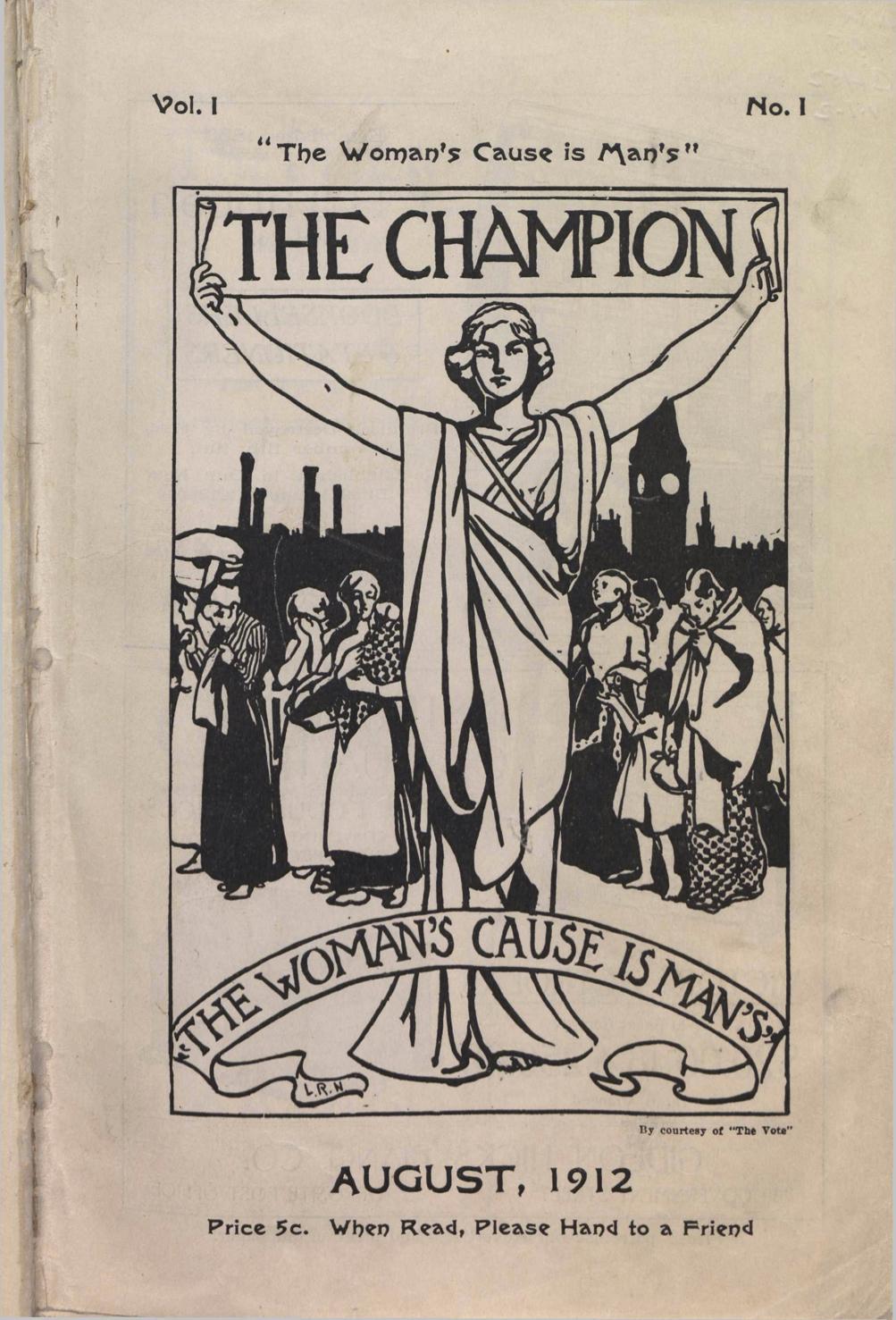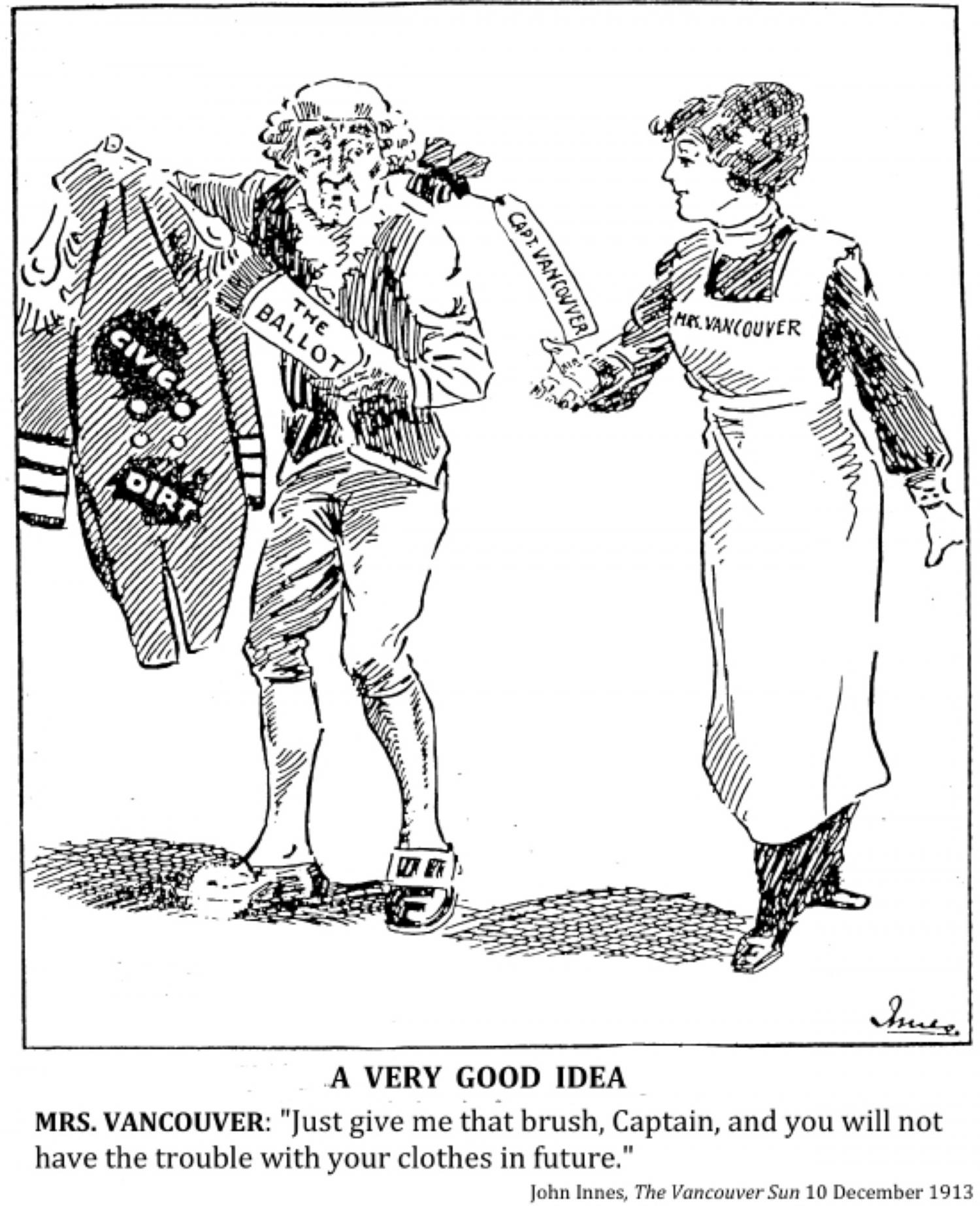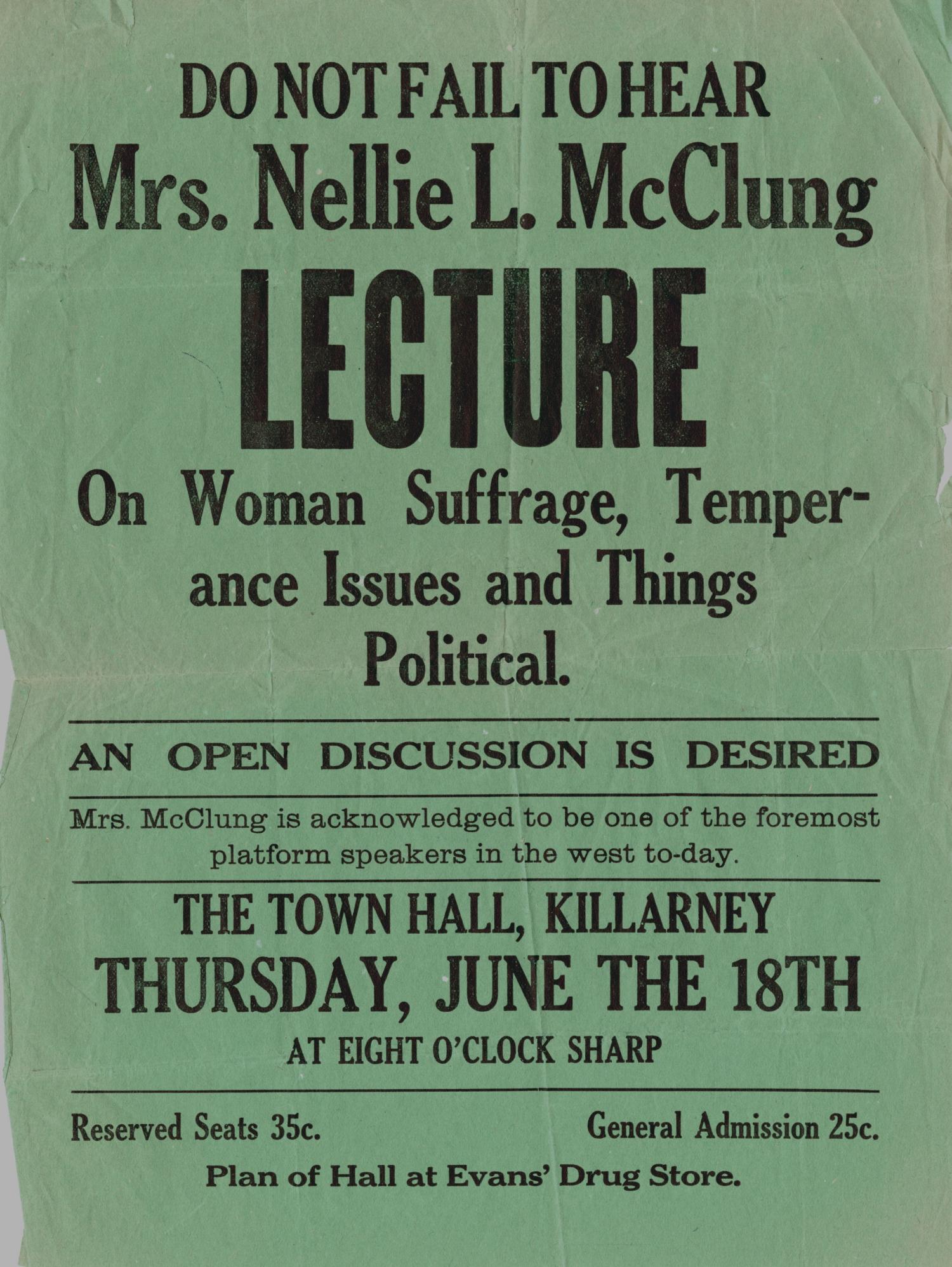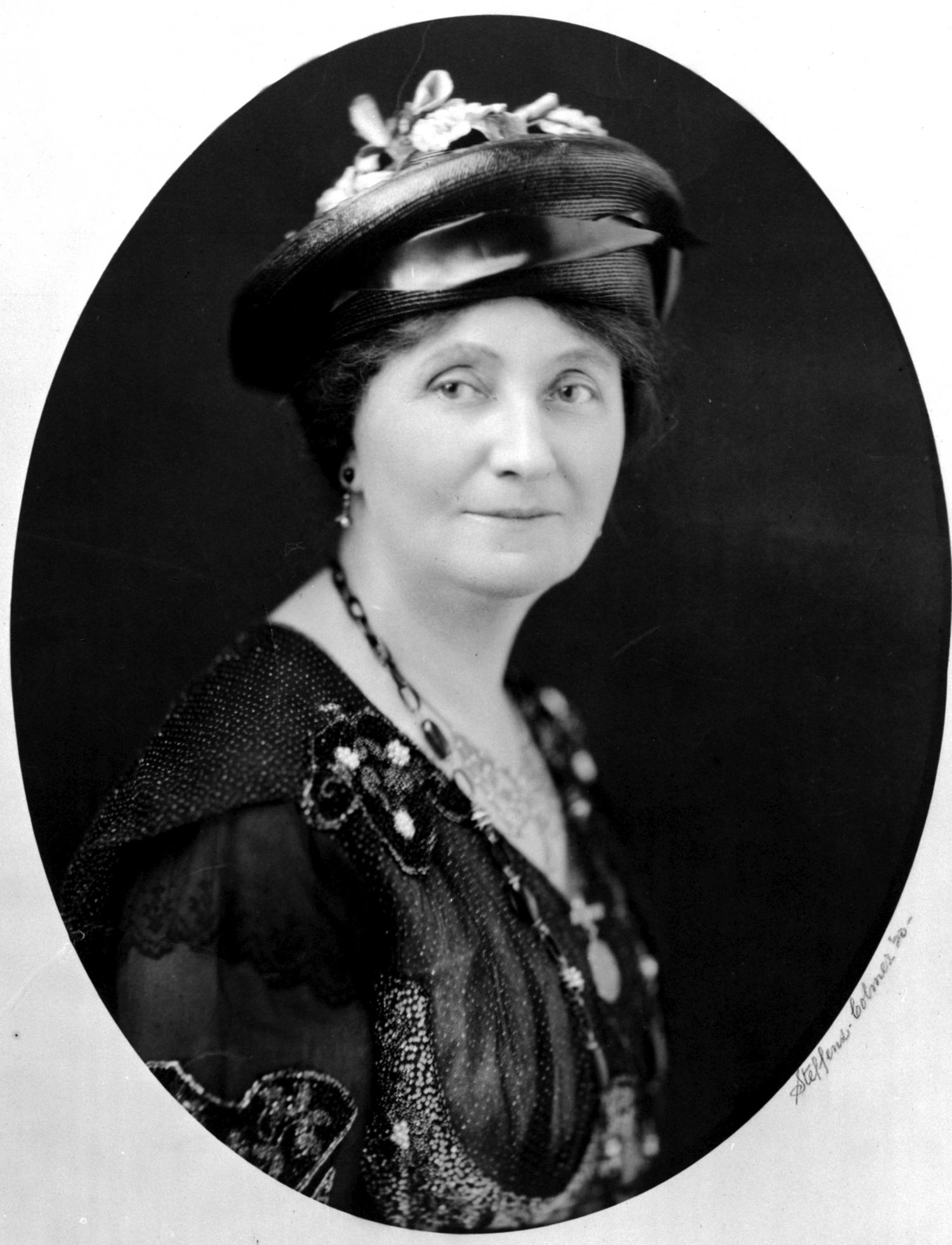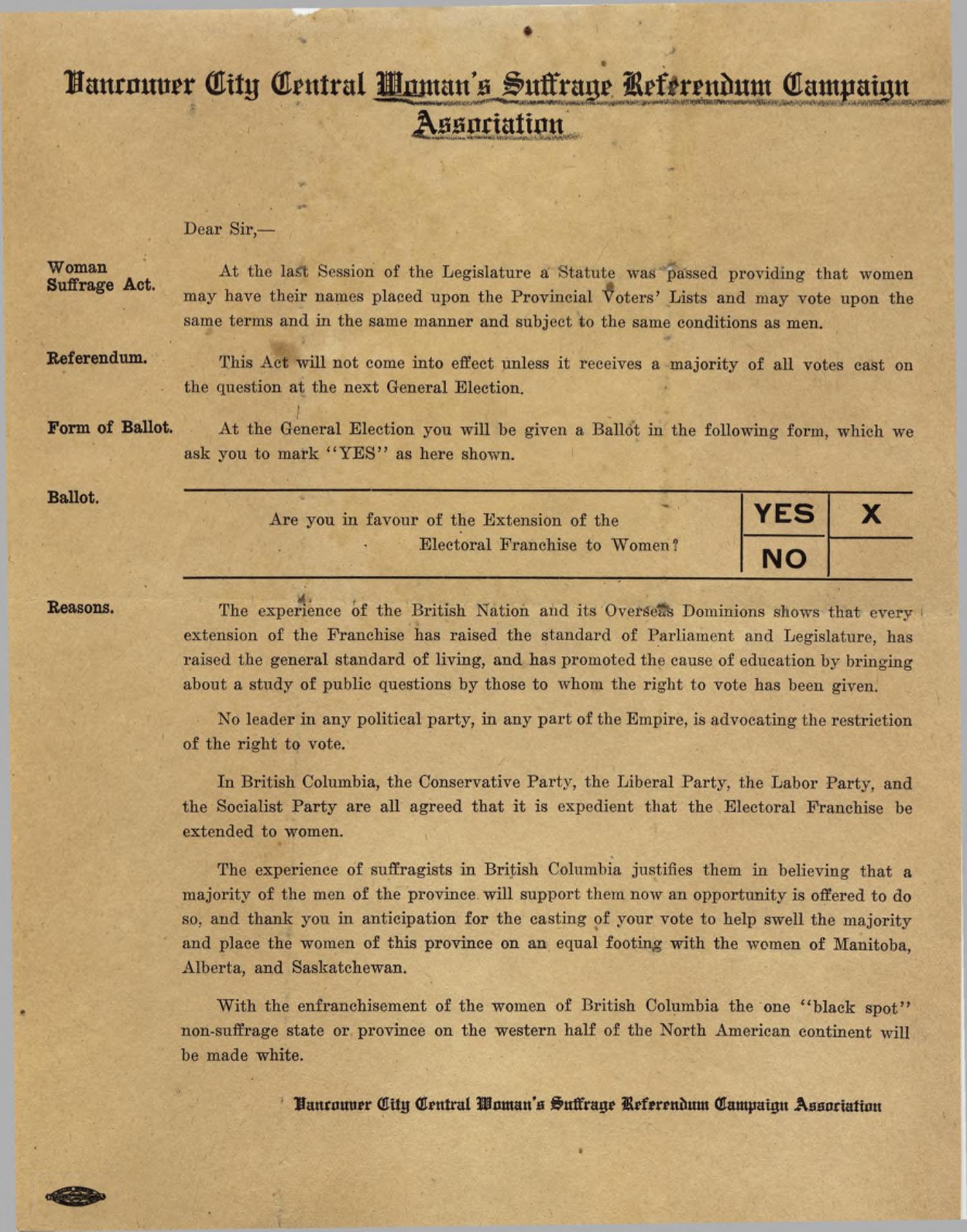(Some) Women Get the Vote
B.C. grants Caucasian women the right to vote after a decades-long fight
Date: 1917
In June 1872, only a year after British Columbia joined Confederation, a bill granting women the right to vote was introduced in the provincial legislature. It was a relatively progressive measure in an objectively unprogressive era of gender norms. Until then, only a few nations like Sweden and Argentina had flirted with extending suffrage to women, and most experiments were short-lived or limited to local elections. It would take decades for countries like the United States and Great Britain to broach the issue on a national scale.
The bill did not pass. However, it marked the beginning of a fight in B.C. that would last for the next 40 years. (Though the battle very nearly lasted 17 years; in 1899, a women’s enfranchisement bill introduced by Ralph Smith was defeated by a single vote after a confused MLA accidentally voted against it.)
Initially, British Columbia’s movement for women’s suffrage was a righteous one, steeped in Christian morality. Suffragists painted women as virtuous and nurturing, a view championed by the Women’s Christian Temperance Union. The group, which also fought for prohibition, cast women voters as rectitudinous and capable of sobering the masses lost to drinking.
But by 1910, things had changed. It was a new world. And in that new world, suffragists were no longer focused on society’s ills; they now had their eyes set squarely on government, in the hopes of bringing about a stronger democracy. Gone were the days of women confined to one role. Now, they were philanthropists and professionals and, of course, homemakers — and their diversity in background and interests needed to be heard.
Within this new political climate emerged groups like the B.C. Women’s Suffrage League and the Victoria-based Political Equality League (PEL). The organizations staged debates and forums and gathered signatures in support of female suffrage. The PEL also put out a newspaper in Victoria singularly dedicated to the cause — the only one of its kind — called ‘The Champion.’ Although focused on the state of women’s suffrage in B.C., it also covered similar movements gathering steam worldwide. If enfranchisement could be attained peacefully, and worked elsewhere, the publication asked, then why not in our province?
These new groups were not without their shortcomings. While they claimed to fight for women’s rights, there were swaths of womankind that they overlooked: namely, Indigenous and Asian women. Many suffragists believed these women could also benefit from enfranchisement, but they neglected to reach out to them in any attempt at inclusivity or coalition-building. Overall, the B.C. women’s suffrage movement was largely white, middle class and professional.
By 1914, the First World War had come to a head in Europe, and suffragettes threw their support into the war effort. By now, women had entered the workforce en masse and contributed on the war front as nurses and ambulance drivers — they had a compelling case for being able to vote, as well. In January 1916, Manitoba became the first Canadian province to grant women the vote; Saskatchewan and Alberta followed soon after. In B.C.’s referendum on April 5, 1917, two-thirds of men agreed: women should have the right to vote. Thus, B.C. became the fourth province in Canada to give voting rights to white women. Within a year, a woman named Mary Ellen Smith would sit in the provincial legislature. By 1921, Smith — a passionate women's rights activist and the wife of the aforementioned Ralph Smith — had achieved another first when she was elevated to the cabinet.
But for all the progress made, universal suffrage was still hardly universal. For women of colour, the road to the vote would last decades more and was fraught with constant hurdles presented by racial, ethnic and religious discrimination.
Sources:
1. “1917 - Women Win the Right to Vote.” Legislative Assembly of British Columbia, https://www.leg.bc.ca/dyl/Pages/1917-Women-Win-the-Right-to-Vote.aspx. Accessed 10 June 2021.
2. Creese, Gillian Laura, and Veronica Jane Strong-Boag. British Columbia Reconsidered: Essays on Women. Press Gang Publishers, 1992.
3. Hale, Linda Louise. The British Columbia Woman Suffrage Movement, 1890-1917. University of British Columbia, Oct. 1977, open.library.ubc.ca/cIRcle/collections/ubctheses/831/items/1.0094137.
4. Latham, Barbara, and Cathy Kess. In Her Own Right: Selected Essays on Women's History in B.C. Camosun College, 1980.
5. “Mary Ellen Smith.” 100 Years of Women and the Vote, Legislative Assembly of British Columbia, www.leg.bc.ca/wotv/pages/featured-women/mary-ellen-smith.aspx.
6. “Women Get the Vote 1916-1919.” Canada A Country by Consent, West/Dunn Productions, 2011, www.canadahistoryproject.ca/1914/1914-08-women-vote.html.
7. “Women's Suffrage.” 100 Years of Women and the Vote, Legislative Assembly of British Columbia, www.leg.bc.ca/wotv/pages/womens-suffrage.aspx.
